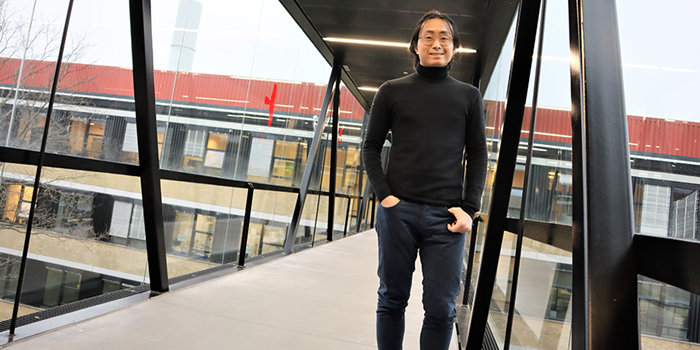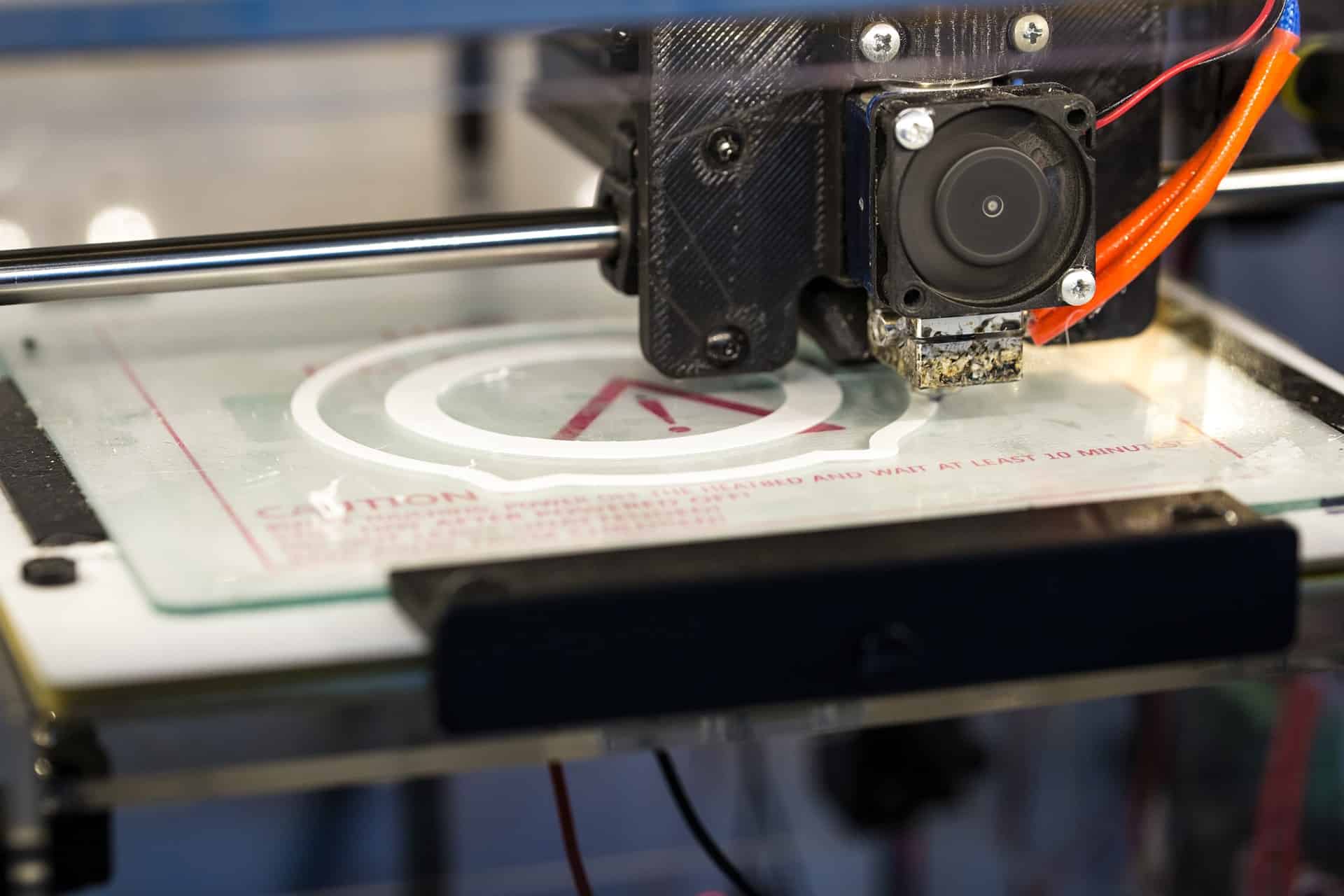
A new 3D printer combines the principles of a CT scanner with light modeling of materials to produce objects with unique property combinations in record time, according to a press release from the Technical University of Denmark (DTU).
Imagine creating an artificial heart with the same flexibility as a real one. That is just one example of 3D printed objects that researchers at DTU are working to make a reality with a new 3D printing technology based on light.
The printer uses the principles of a reversed CT scan. “Our printer will build a physical object at the intersects of computed tomographic images,” says the leader of the multi-departmental team, Assistant Professor Yi Yang at DTU Chemistry. “The technology enables us to build 3D objects embedded with different properties and material transitions,” he says.
Three-dimensional image
A CT scan provides a three-dimensional image of a brain, for example, by reorganizing information in a large number of two-dimensional images from X-rays projections, which rotate around the patient and reveal different tissue types. But the new 3D printer will produce physical objects by letting light rays hit a rotating mass. It will shape the mass according to a three-dimensional image made up of two-dimensional images.
The first results of the interdisciplinary project recently became openly accessible in Nature Communications. Recently, Yi Yang received a Villum Experiment grant of 2 million DKK to finance a postdoc and a technical-administrative employee to advance the project.
Printing in three planes
Although current 3D printers produce objects in 3D, the actual printing takes place in lower dimensions. The material, such as plastic resins, is cured, layer by layer, or point by point, and prints objects from the bottom up on a printer board.
But the new 3D printer will actually print in three dimensions, Yi Yang explains.
“We use a method called Tomographic Vat Photopolymerization (TVP), which allows us to print all points in a 3D object simultaneously. One has to imagine a box containing a liquid polymer – a kind of polymeric printer ink. By exposing the ink to light of certain wavelengths, determined by a 3D image and built up as a CT scan, the ink turns solid in the desired shape.”
Adjustable elasticity
Alongside Associate Professor Aminul Islam at DTU Mechanical Engineering and Professor Kristoffer Almdal at DTU Chemistry, Assistant Professor Yi Yang is developing the right apparatuses for a new mixture of light-sensitive polymeric resin to take advantage of one of the great benefits of the technology of light-dependent 3D printing.
“We can vary the softness of our 3D object based on our computer model by controlling the different wavelengths delivered from the light sources,” says Yi Yang.
So far, the printer has succeeded in printing a variety of complex geometries with functionally graded materials.
3D printed organs
Yi Yang explains that the potential of the printer opens up a new world into commercial production of various items. But the unique possibilities for quickly adjusting the softness and shape of the print also mean potential in the vascularization of artificial replacements for patients who need new, functioning tissues and organs.
“The degree of detail and flexibility in our 3D printing will hopefully be so extensive that the technique can be used to produce fully vascularized constructs using biopolymers as ‘ink.’ This technology might be able to replicate the softness and unique build-up of blood vessels, capillaries, and muscles. There is a long way to go, but hopefully the printer can bring us closer to the goal,” says Yi Yang.
Unprecedented speed
While some of the potential benefits of the printer lie years into the future, it already has features that could revolutionize 3D printing. Usually, the speed of 3D printing depends on the complexity of the object and the number of voxels. Voxels are 3D pixels, which can be described as all the small dots that form an image – or in the case of voxels, the points in a three-dimensional figure.
However, since the new 3D printer uses an inverted CT image as a template and simply changes the polymeric material with light rays instead of printing point by point, objects can be produced almost instantly.
“In principle, the technique allows one to send a CT scan of an object and press print. In just a moment, it creates a copy of the object in real-life softness,” says assistant professor Yi Yang.
By exposing a rotating cylinder containing liquid plastic resin to different light waves, a 3D object is formed. In this case, the light rays are adjusted in coherence with a computer-generated, three-dimensional DTU logo.
Title photo: Assistant Professor Yi Yang, Technical University of Denmark
Also interesting:
Miniaturized sensors through 3D printing
3D printing makes inroads into the construction industry
Automation in 3D printing post-production is key to success
Selected for you!
Innovation Origins is the European platform for innovation news. In addition to the many reports from our own editors in 15 European countries, we select the most important press releases from reliable sources. This way you can stay up to date on what is happening in the world of innovation. Are you or do you know an organization that should not be missing from our list of selected sources? Then report to our editorial team.






